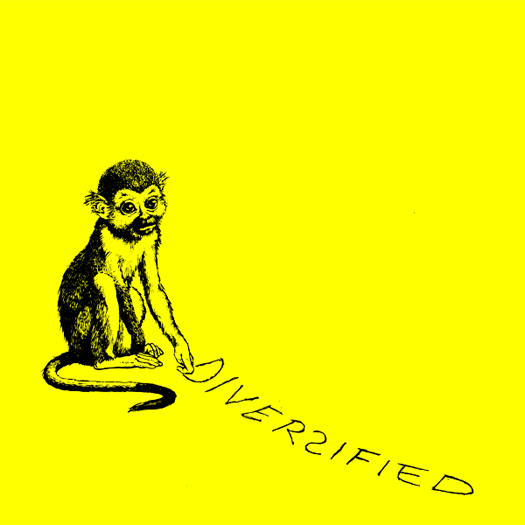Beautiful Losers

As piracy remixes the old business models of music and film, the money ‘lost’ doesn’t disappear, it just gets spent elsewhere.
When I was a teenager, I’d spend money on music in the act of fleshing out my personality – (both publicly and privately) – Rolling Stones/Tribe Called Quest/Blues Traveller, etc… Each $12 CD added what I felt was another aspect to myself. And since the 90’s things done changed – thanks to the internets, a kid can change his entire music collection (and subsequent claims to identity groups) in an afternoon and at no cost. With the decrease in cost of music, so decreases the social value one can gain from association. Sacrifice of money is no longer part of the equation music = identity.
So where does the money + value go? While music can easily be ripped to possess, this is not yet possible with clothing or aspects of industrial and artistic design. Digital as we are, these products are still quite tangible, and I think now carry an even greater value in our quest to claim individuality. Witness the rise of Threadless and Etsy. Nowadays there are far more subsets and identity groups amongst teens – and the nuances are oft fleshed out via the visual language of clothes and accessories. Well, where is this heading?
In the 80s, Punk and Hip-Hop empowered everyone to become a musician. Cool kids were in bands. In the 90s, Tarantino and Robert Rodriguez did this for filmmaking – cool kids rocked a camera. Next? Premiering at SXSW, the doco Beautiful Losers, is a window into the world of the DIY artists that coalesced toward the end of the 90s. While once they were fringe, they have since become mainstream, and the new cool sees them kids rocking photoshop and silkscreens like an electric guitar.


Comments:
“…a window into the world of the _white_ DIY artists that coalesced…” RR heroes Fairey and Mike Mills rate the doco, but alas no Parlá.
@RR – good point, given the art forms and the mother of invention ethos, I was surprised at the skin tone solo. that said, the doc is about a particular locus in our town, and as diverse as NYC may be, it still segments.
being a minority myself i fully understand where you’re coming from. but i’ve seen the film, and without giving anything away, you’ll understand why these artists are the ones telling this story. at the least, barry mcgee and geoff mcfetridge are half asian.